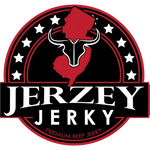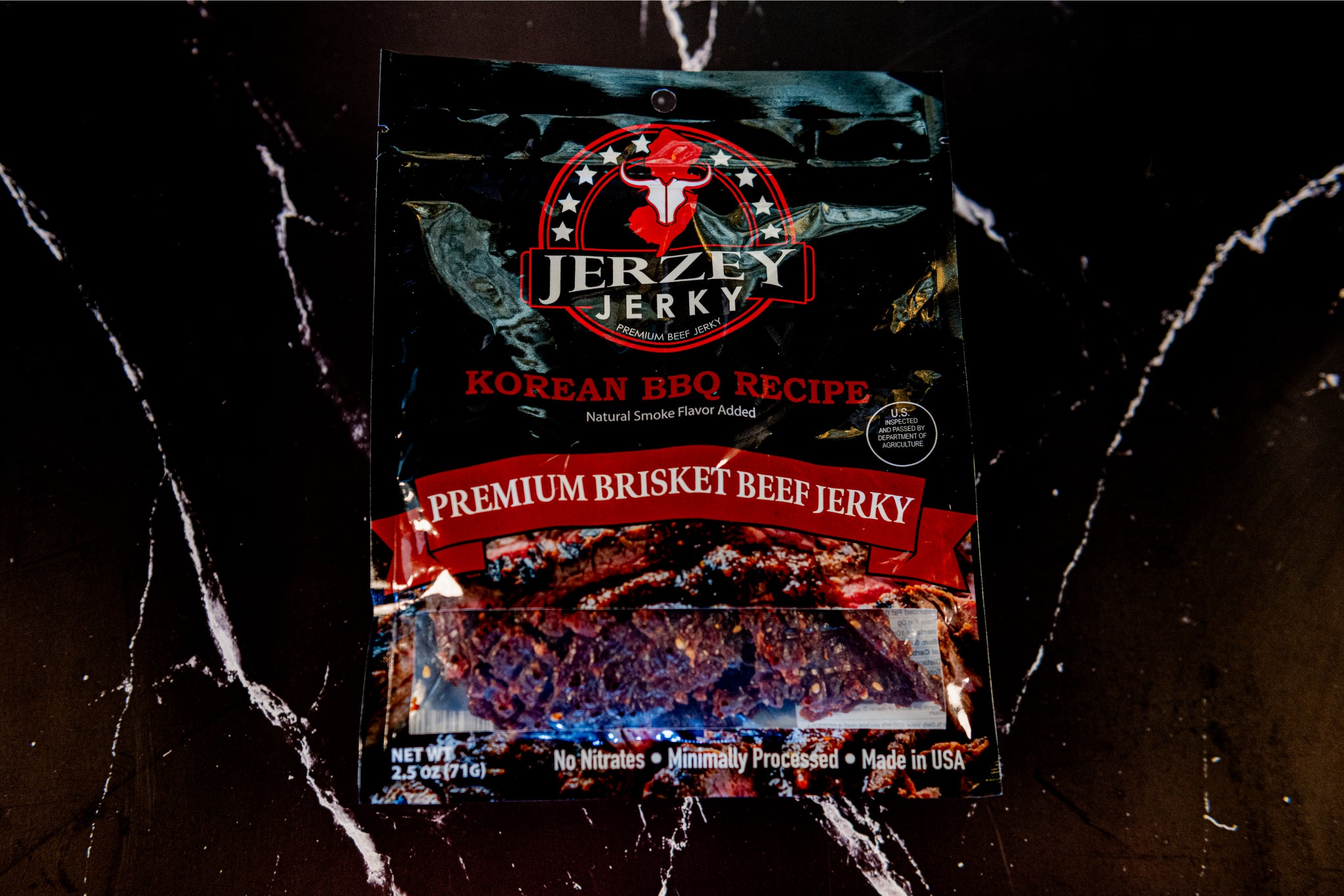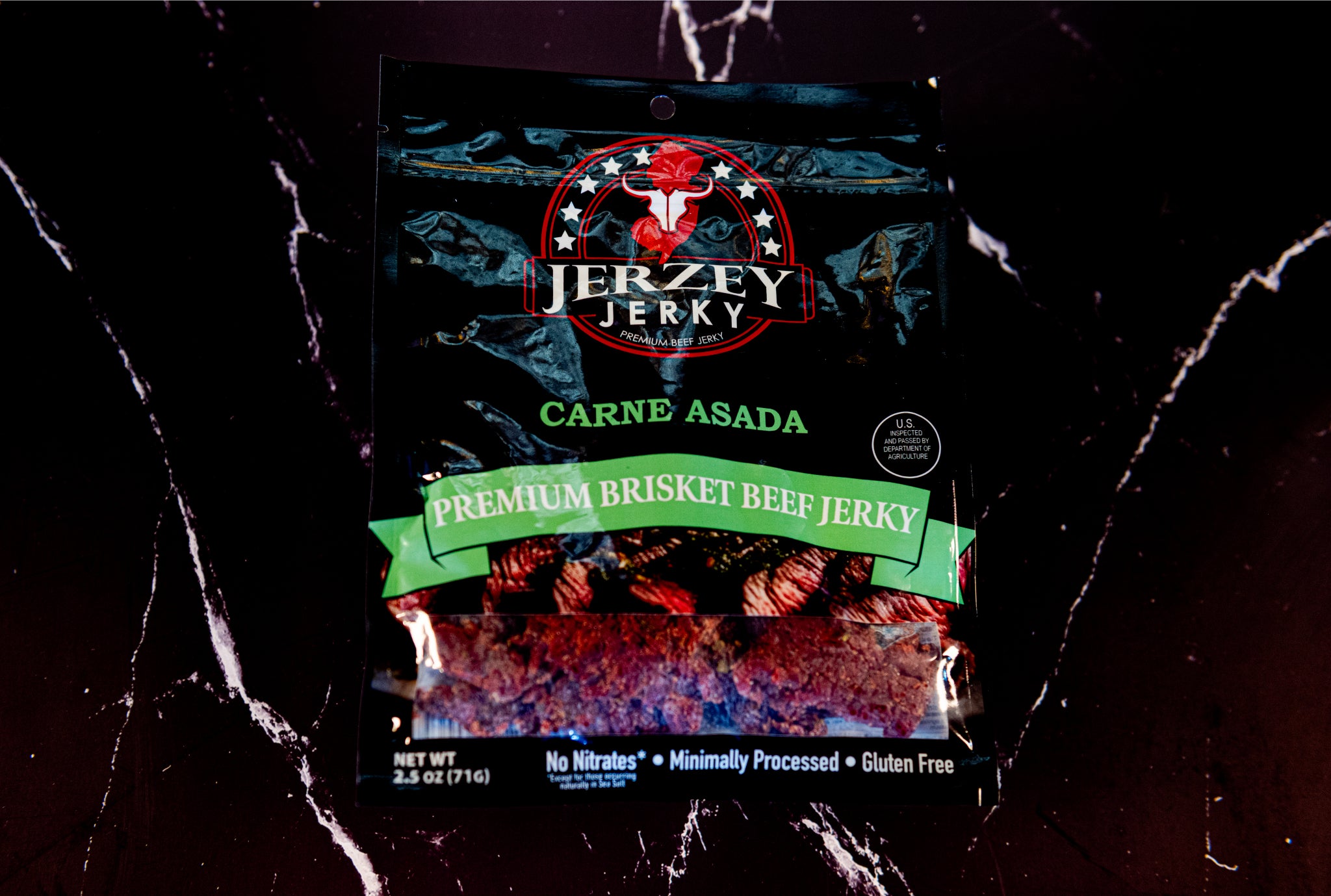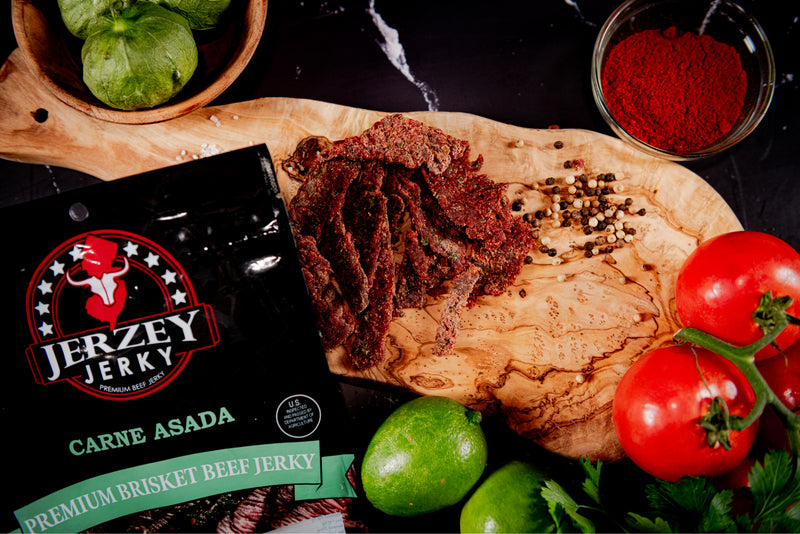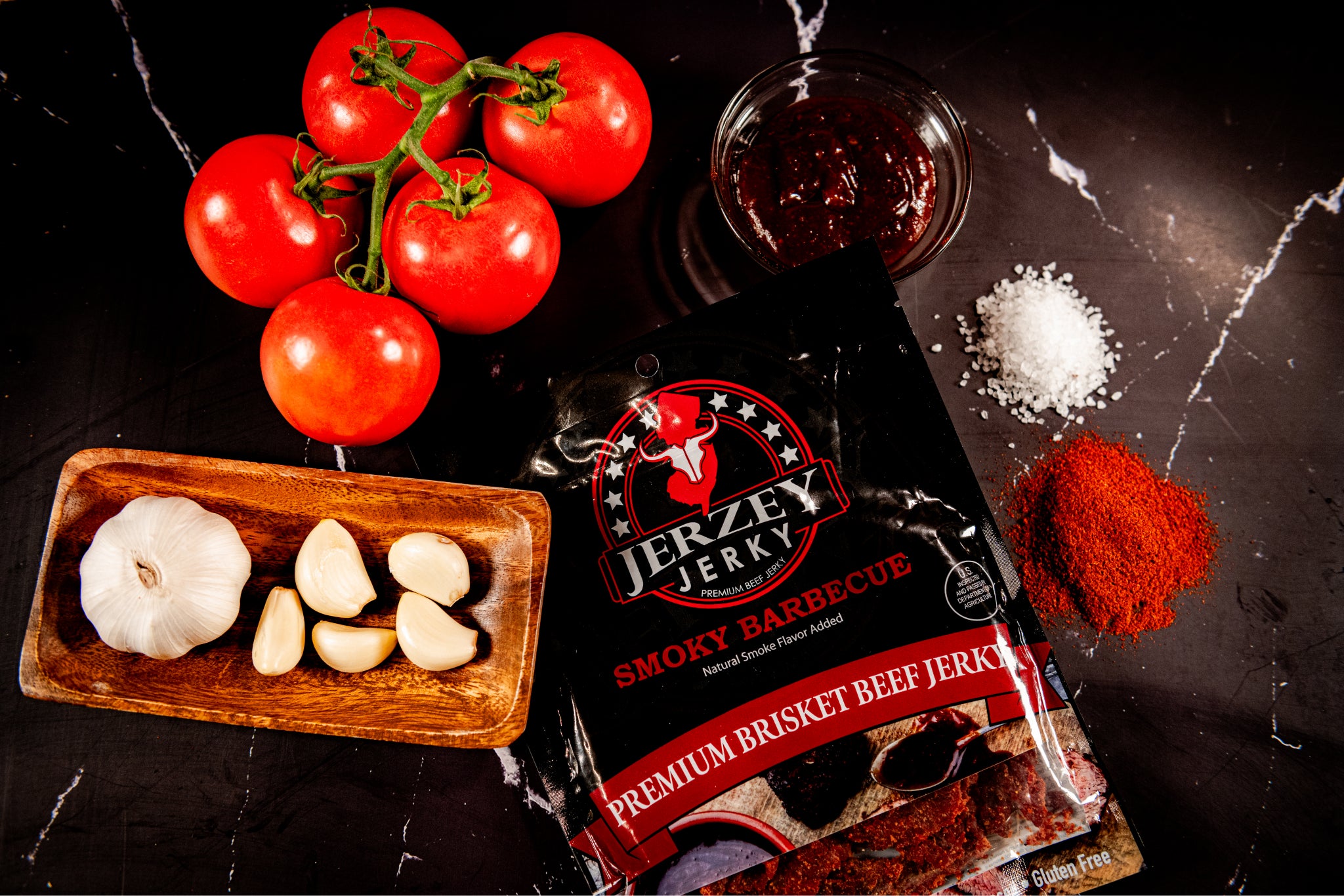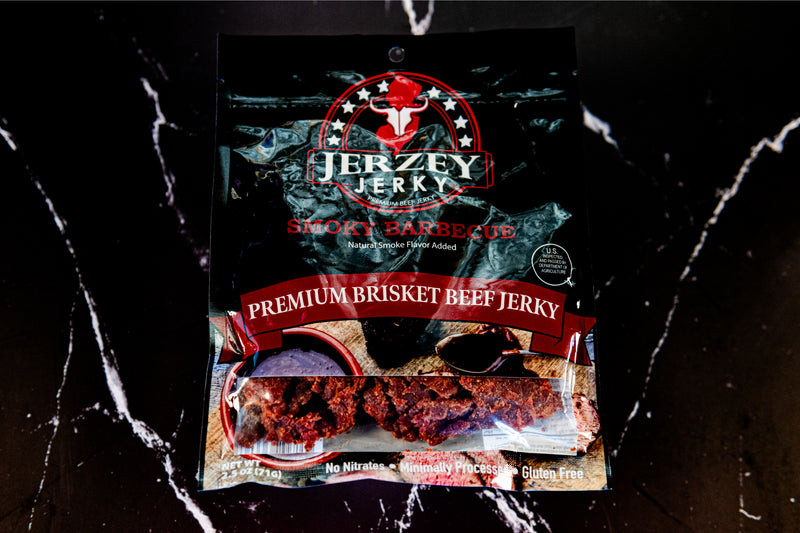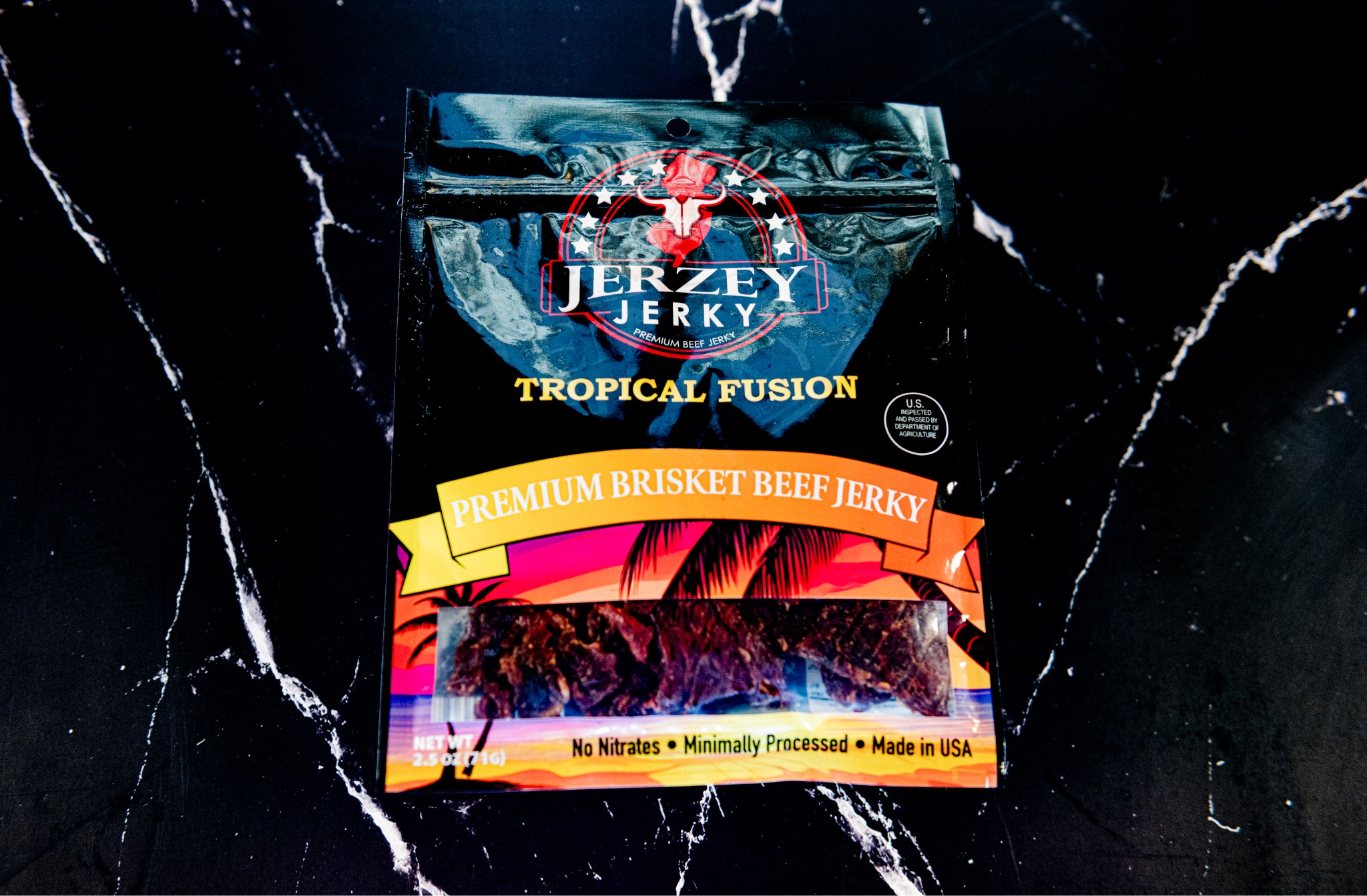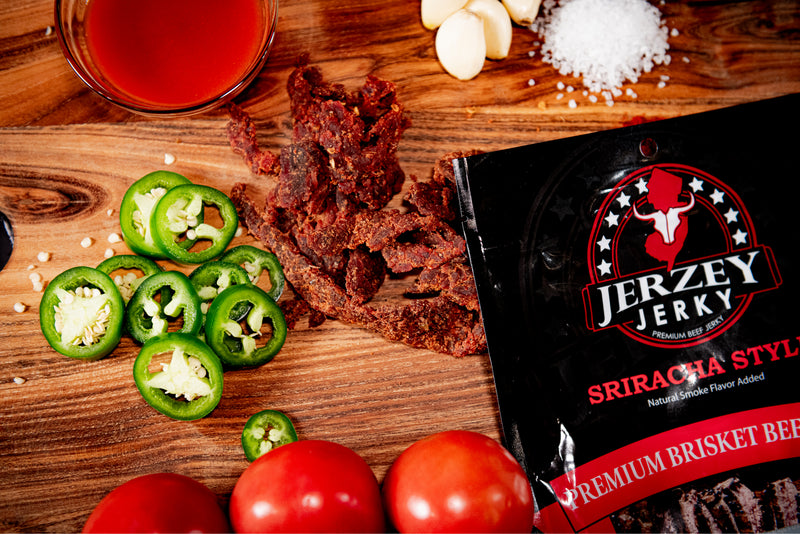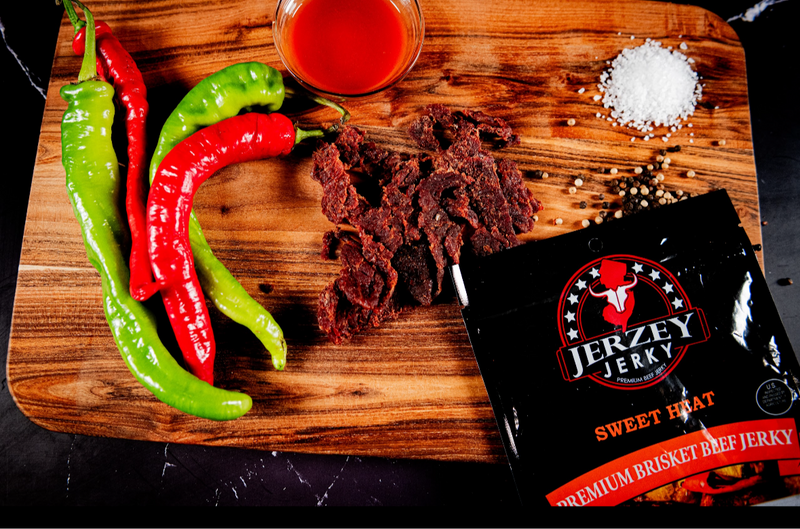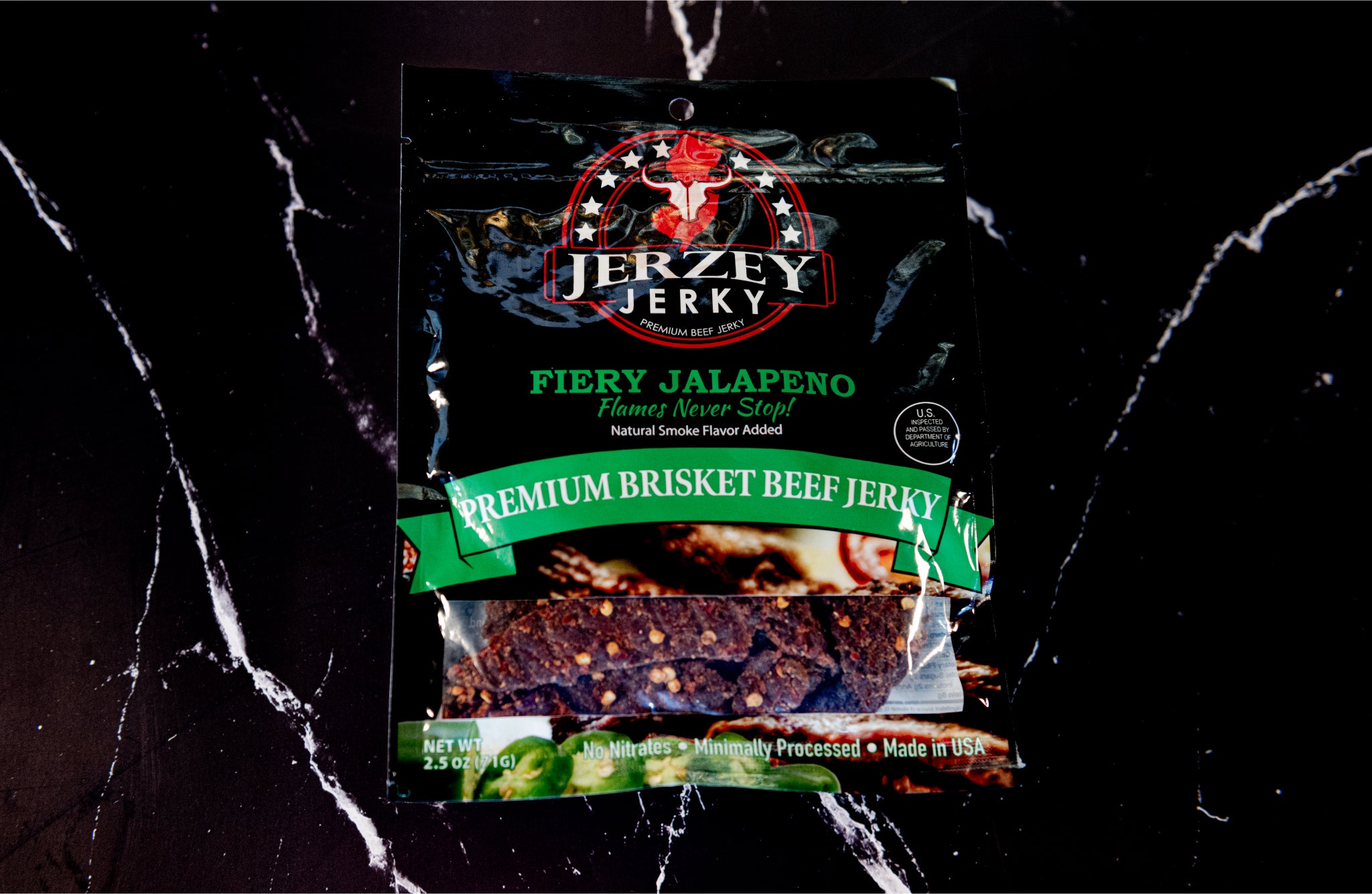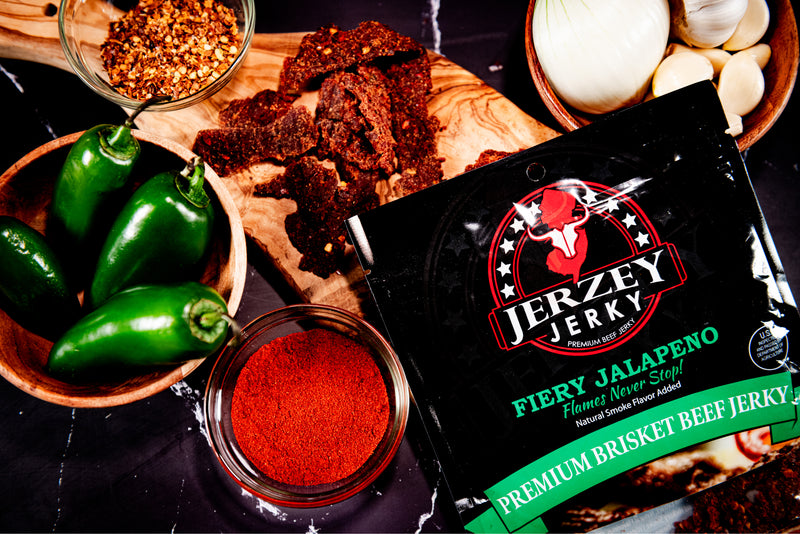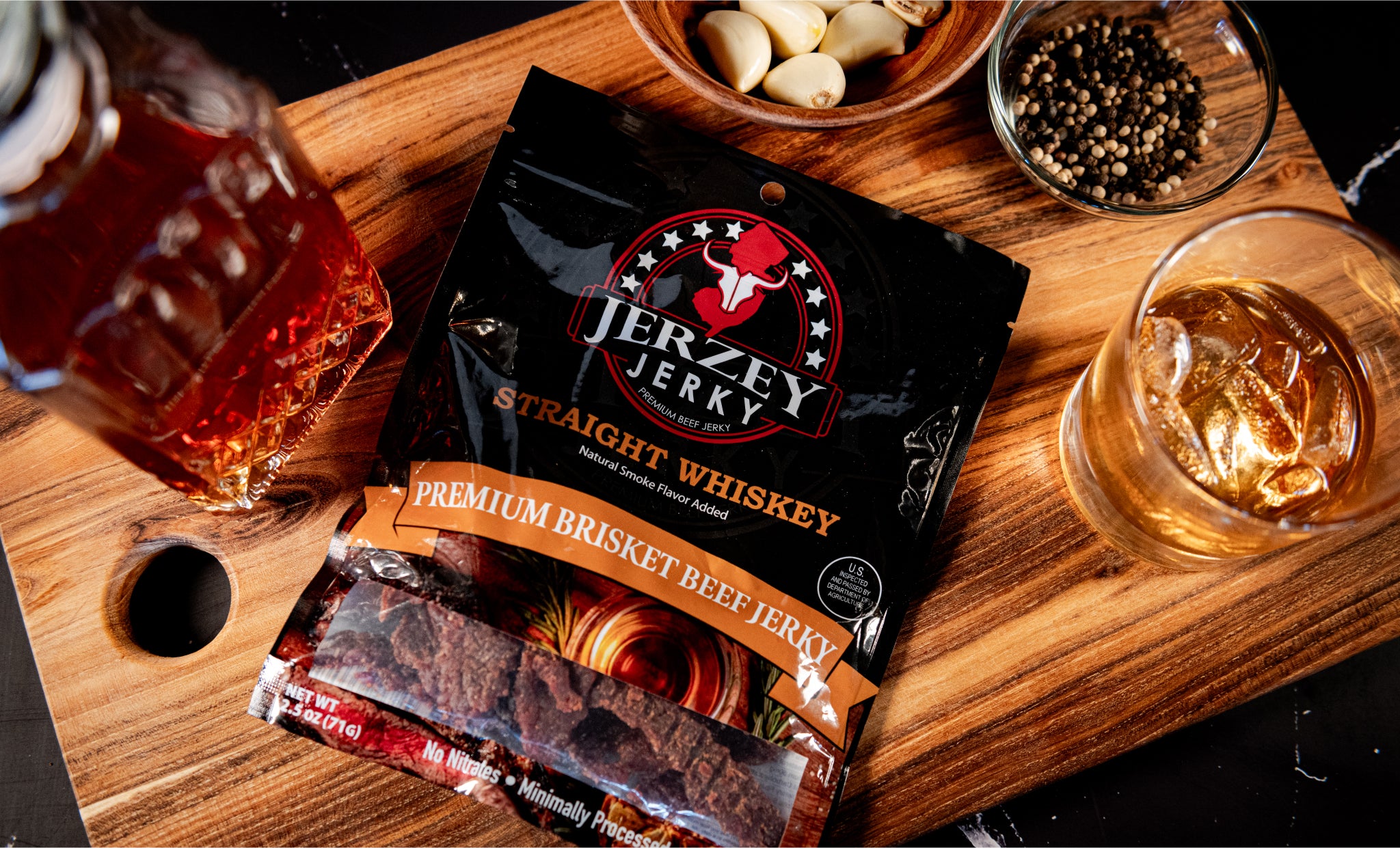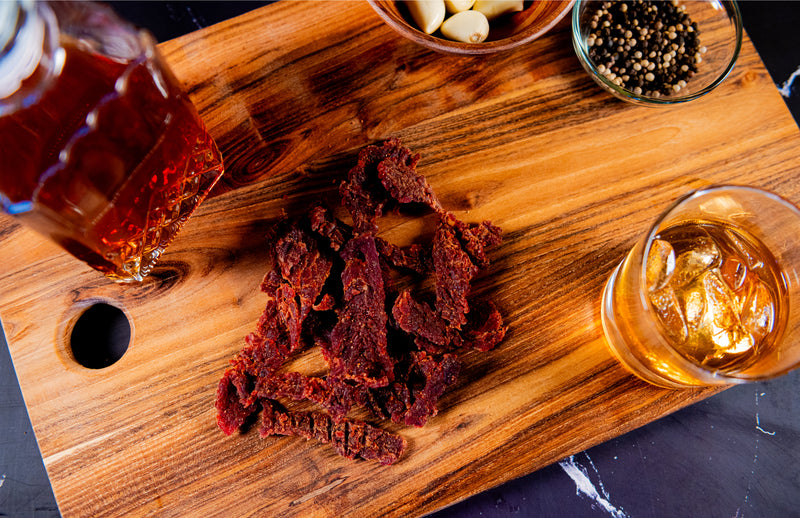
Pasture-Raised Beef: Characteristics, Identification, and Nutritional Value
Pasture-raised beef is a product of animals residing on open pastures. They graze on natural grass and forage, and they spend their whole life without being locked. It is against the traditional feeding of beef cattle grain in small, crowded feedlots, which is also one of the significant compromises of animal welfare.
According to Massey University (March 2022), the digestion of pasture beef raised naturally with minimal grain feeding releases measurements of long-chain omega-3 PUFA far greater and lower saturated fats than those of grain-fed beef.
Such a procedure produces a healthier and more nutritious product. Studies conducted by the USDA indicate pasture-raised beef contains 30 percent more vitamin E. It is also richer in omega-3 fatty acids by more than a fifth, thus healthy-heart promoting.
This situation causes animal welfare because the cattle are fed a natural diet and sustained in an open environment. They are not treated using added hormones and regular antibiotics. The practice helps in sustainable land use as well as ethical farming.
The end product is healthier and more tasting. The beef is lean and includes a greater amount of beneficial nutrients. The facts substantiate the high health benefits and high quality of pasture-raised beef.
What are the Characteristics of Pasture-Raised Beef?
Here are the six key characteristics of pasture-raised beef:
- Flavor Profile: The taste is intense and multi-layered, natural and ground. This unique flavor is the direct result of various plants and grasses that the cattle graze their whole lifetime in open fields. Their diverse diet embraces the uniqueness and savoriness of the beef.
- Texture: The meat is solid and gratifying. It feels tender but not fatty. There is no resting between animals; hence, the cattle have muscle fibers that make them less soft with less fat than the grain-fed beef.
- Appearance: Its look is darker and redder as compared to the grain-fed beef. This is because it has more beta carotene in the grass. It also has moderate intramuscular fats in the form of fine lines known as marbling.
- Fat Content: The fats are average and healthier. Pasture-raised beef contains lower total fat, compared to conventional beef. It is also distributed in a differing manner as well as has a greater ratio of beneficial fatty acids such as the omega-3 fatty acid.
- Juiciness: When cooked, the meat retains its moisture. It is smaller and thus requires careful cooking to avoid drying up. The lean cuts are best cooked at a slower method to preserve their juiciness.
- Aroma: The aroma of cooked beef is clean and fresh. The smell is faint, a grass smell indicating the diet of the cattle is forage. This aroma contributes to the total food experience.
Shop the best-selling Teriyaki Beef Jerky - Brisket & Korean BBQ Beef Jerky - Brisket !
What is the Nutritional Value of Pasture-Raised Beef?
Here are the five key nutritional values of pasture-raised beef:
- Protein Content: This beef is a complete protein that is of high quality. It is also composed of all nine different essential amino acids required in the body of a human being. Protein is essential in the development and repair of tissues, and a good immune system.
- Healthy Fats: Pasture-fed can have more advantageous components of omega-3 fatty acids. It also includes the conjugated linoleic acid or CLA. These healthy fats aid in the good health of the heart and assist in lessening inflammation in the body.
- Vitamins: The beef has abundant B vitamins such as B6, B12, Niacin and riboflavin. These vitamins play a vital role in energy production, brain activity as well as health in general. They assist the body in transforming food into energy.
- Minerals: Essential minerals are available in pasture-raised beef. It contains iron in good amounts thus aiding the movement of oxygen in the blood. It is also a source of zinc, phosphorus and selenium that keep the immune system up.
- Calories: This beef is also caloric, and it varies by cut. Thinner cuts contain fewer calories than fatter cuts. Pasture Beef is typically less fatty than regular beef, which is a middle-calorie choice.
How to Identify Pasture-Raised Beef?
Here are three ways to identify pasture-raised beef.
- Labeling & Certification: Seek official certification such as the USDA “Pasture-Raised”, or other regional accreditation. These labels provide privacy that the cattle were reared on pasture their whole lives. They provide solid evidence of the agricultural techniques.
- Visual & Market Clues: The meat is dark and black in color with a wholesome texture. Farmers also tend to sell pasture-raised beef at farmers' markets, local butcheries or specialty food stores, and not in big supermarkets.
- Farming Practices: It is essential to determine the farming practices on the farm. The cattle browse the flat farms, with nothing but grasses and forage. The farmers confine less and ethically treat them, thus the product is healthier.
How to Cook Pasture-Raised Beef?
Here are four tips for cooking pasture-raised beef:
- Preparation Tips: Always allow the meat to come to room temperature before cooking. Further, dry it with a paper towel until it becomes fully dry. This meal preparation serves to aid in a decent sear of the exterior as well as providing uniform cooking all the way through the cut.
- Cooking Methods: Grilling, pan-searing and roasting are the most common cooking techniques. Leather cuts cook fast. Harder meat is cooked slowly such as in a stew or by braising to soften their toughness and add flavor.
- Temperature & Timing: Due to the thinness of pasture-raised beef, it also fries quickly than regular beef. Oven it at a lesser intensity or duration. This avoids meat drying and becoming hard in the cooking process.
- Resting: Rest the beef for at least five- ten minutes after it is cooked. Resting gives the juices within the meat an even distribution. This is a simple step that enables the ultimate product to become tender and juicy.
What are Common Mistakes to Avoid with Pasture-Raised Beef?
Here are four common mistakes to avoid with pasture-raised beef.
- Overcooking: The most common is overcooking. This lean beef is less fatty, hence it cooks fast and dries very quickly. Use a meat thermometer and remove the beef a few degrees lower than the desired final temperature.
- Ignoring Label Claims: Mostly, one mistake is failing to verify the labels. Never accept a marketing statement without insisting that the beef is pasture-raised. Check official third-party approvals to help verify that you are purchasing an original product.
- Skipping Resting: Resting after cooking is something to avoid. Resting entails the settling back of the internal juices within the fibers of meat. Cutting the beef early causes all the juices to drain away leaving a drier and less tender piece of meat.
- Using Excess Oil or Butter: Do not use a lot of oil or butter. A diet based on grass gives beef a natural richness in its flavor. Excessive use of fats overwhelms and distorts the distinctive, pure flavor of the meat.
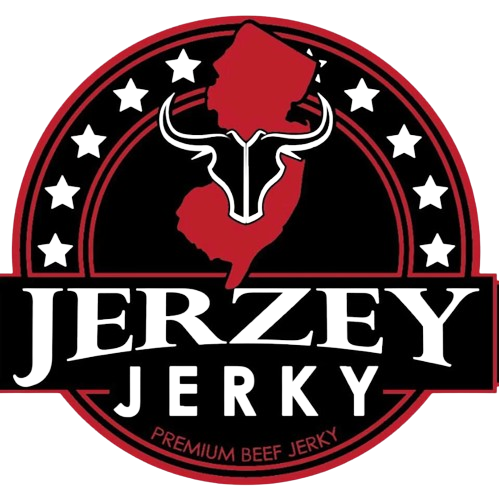
 2025-09-11
2025-09-11
 Wayne Holland
Wayne Holland

